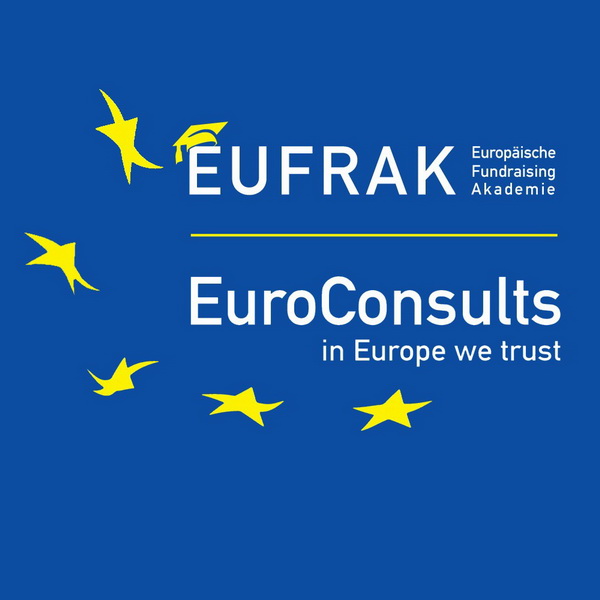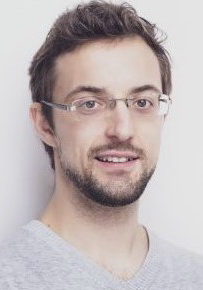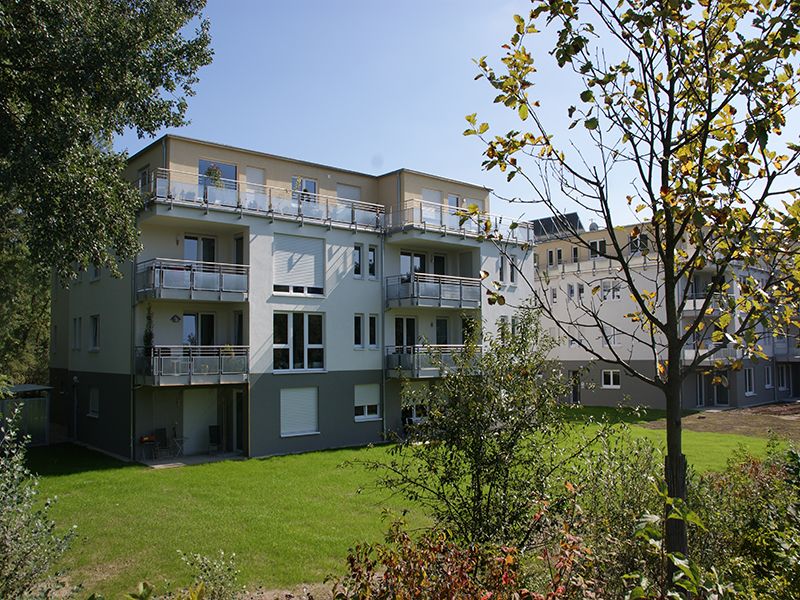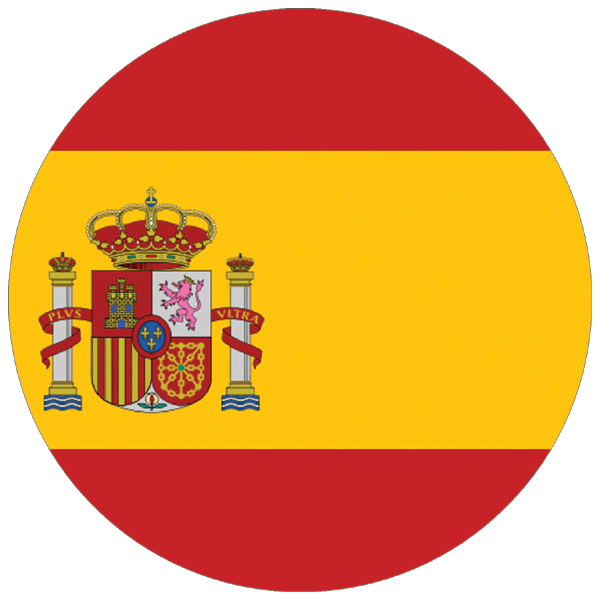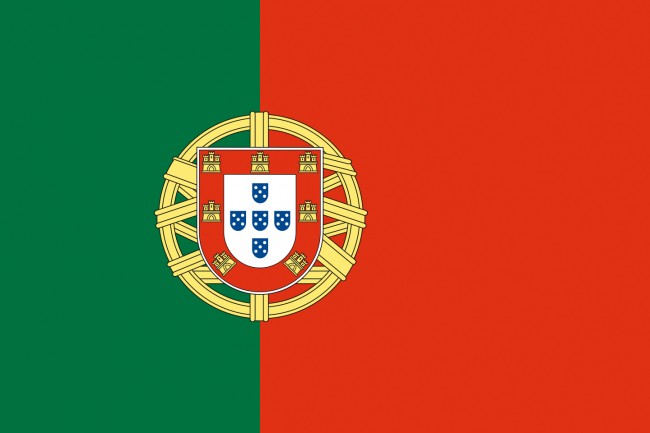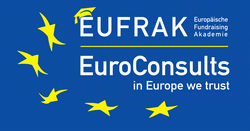Michael Seidler-EEBG
- Germany
|
User Country
- 10408
Postal Code
- Berlin
|
City
- Storkower Straße
Street
- 158
House Nr
wir sind eine Berliner Bildungsakademie, welche sich speziell auf die Weiterbildung im Bereich eu ...
-
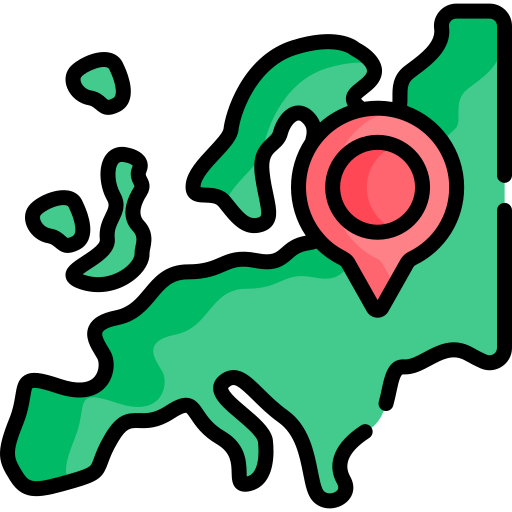 PUBLIC BODYPublic body means the State or any municipality, county, township, board, commission, authority, district or any other subdivision or public body of this State. This includes all state-organized structures such as local authorities (municipalities, districts, federal states, but also authorities such as ministries or other administrative structures.
PUBLIC BODYPublic body means the State or any municipality, county, township, board, commission, authority, district or any other subdivision or public body of this State. This includes all state-organized structures such as local authorities (municipalities, districts, federal states, but also authorities such as ministries or other administrative structures. -
 ECONOMYthe system of trade and industry by which the wealth of a country or region is made and used
ECONOMYthe system of trade and industry by which the wealth of a country or region is made and used
-
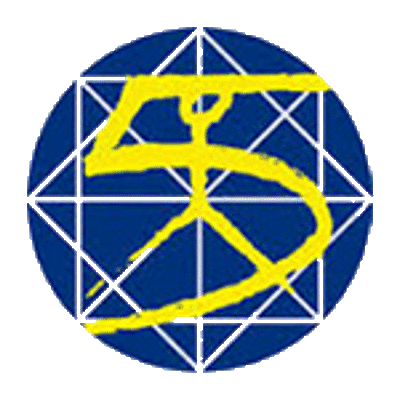 5 Research Framework Program (1998-2002)The Fifth Framework Programme (FP5) set out the priorities for the European Union's research, technological development and demonstration (RTD) activities for the period 1998-2002. These priorities were selected on the basis of a set of common criteria reflecting the major concerns of increasing industrial competitiveness and the quality of life for European citizens. The FP5 had two distinct parts: the European Community (EC) framework programme covering research, technological development and demonstration activities; and the Euratom framework programme covering research and training activities in the nuclear sector. FP5 differed considerably from its predecessors. It was conceived to help solve problems and to respond to the major socio-economic challenges facing Europe. To maximise its impact, it focused on a limited number of research areas combining technological, industrial, economic, social and cultural aspects. Management procedures were also streamlined with an emphasis on simplifying procedures and systematically involving key players in research. To maintain and enhance, in the context of a genuine 'European research area', the research potential of European laboratories, universities and companies and their ability to produce knowledge of the highest level and high-quality technologies; and to help ensure that European research serves the Union's economic and social objectives: increasing industrial competitiveness and the quality of life for European citizens. FP5 had a simplified, multi-theme structure, consisting of seven 'Specific Programmes': four Thematic Programmes and three Horizontal Programmes. The Thematic Programmes, covering a series of specific problems were: - Quality of life and management of living resources (LIFE QUALITY); - User-friendly information society (IST); - Competitive and sustainable growth (GROWTH); - Energy, environment and sustainable development EESD).
5 Research Framework Program (1998-2002)The Fifth Framework Programme (FP5) set out the priorities for the European Union's research, technological development and demonstration (RTD) activities for the period 1998-2002. These priorities were selected on the basis of a set of common criteria reflecting the major concerns of increasing industrial competitiveness and the quality of life for European citizens. The FP5 had two distinct parts: the European Community (EC) framework programme covering research, technological development and demonstration activities; and the Euratom framework programme covering research and training activities in the nuclear sector. FP5 differed considerably from its predecessors. It was conceived to help solve problems and to respond to the major socio-economic challenges facing Europe. To maximise its impact, it focused on a limited number of research areas combining technological, industrial, economic, social and cultural aspects. Management procedures were also streamlined with an emphasis on simplifying procedures and systematically involving key players in research. To maintain and enhance, in the context of a genuine 'European research area', the research potential of European laboratories, universities and companies and their ability to produce knowledge of the highest level and high-quality technologies; and to help ensure that European research serves the Union's economic and social objectives: increasing industrial competitiveness and the quality of life for European citizens. FP5 had a simplified, multi-theme structure, consisting of seven 'Specific Programmes': four Thematic Programmes and three Horizontal Programmes. The Thematic Programmes, covering a series of specific problems were: - Quality of life and management of living resources (LIFE QUALITY); - User-friendly information society (IST); - Competitive and sustainable growth (GROWTH); - Energy, environment and sustainable development EESD). -
 6. Research Framework Program (2002-2006)#
6. Research Framework Program (2002-2006)# -
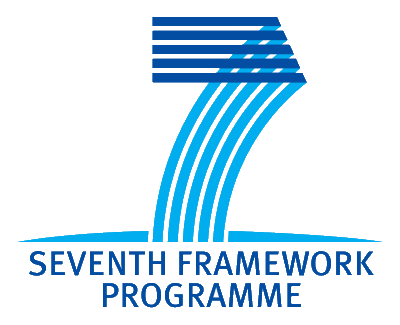 7. Research Framework Program (2007-2013)#
7. Research Framework Program (2007-2013)# -
 Single Market Programme (SMP | 2021-2027)
Single Market Programme (SMP | 2021-2027)The Single Market Programme (SMP) was adopted on 28 April 2021. With EUR 4,208 million over the period 2021-2027, the SMP provides an integrated package to support and strengthen the governance and functioning of the Single Market.
The SMP includes a budget dedicated to actions in support of competition policy.
This Competition Programme will enable the Commission to directly support competition policy development and to ensure efficient, effective and relevant competition enforcement.
The SMP is a modern, simple and flexible programme, which consolidates a large range of activities that were previously financed separately, into one coherent programme. It will ensure continuity in the efficient delivery of the Single Market on the ground, while providing better value for money for EU citizens, and allow focus on priorities essential for the recovery.
Objectives The Single Market Programme will support:
- Making the internal market work better including through improved market surveillance, as well as through enhanced competition policy that contributes to a level playing field and empowers businesses;
- Improving the competitiveness of businesses, especially SMEs, to complement financial support offered through Invest EU; Ensuring the European standardisation and development of international financial and non-financial reporting and auditing standards;
- Ensuring a high level of consumer protection and product safety, promoting the interests of consumers, including in financial services;
- A high level of health for humans, animals and plants throughout the food chain; and Producing and communicating high-quality statistics on Europe.
Rationale behind SMP
- The Single Market evolves constantly: adopting rules + making rules work in practice
- Need for a strategic and integrated approach towards delivery of a well-functioning Single Market
- Combining separate actions and 6 programmes allows to:
- improve synergies, better coordinate actions
- achieve better value for money
- provide for greater visibility of the Single Market
-
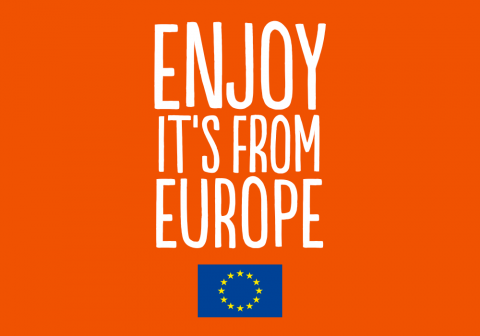 Food Safety (2021-2027)#
Food Safety (2021-2027)# -
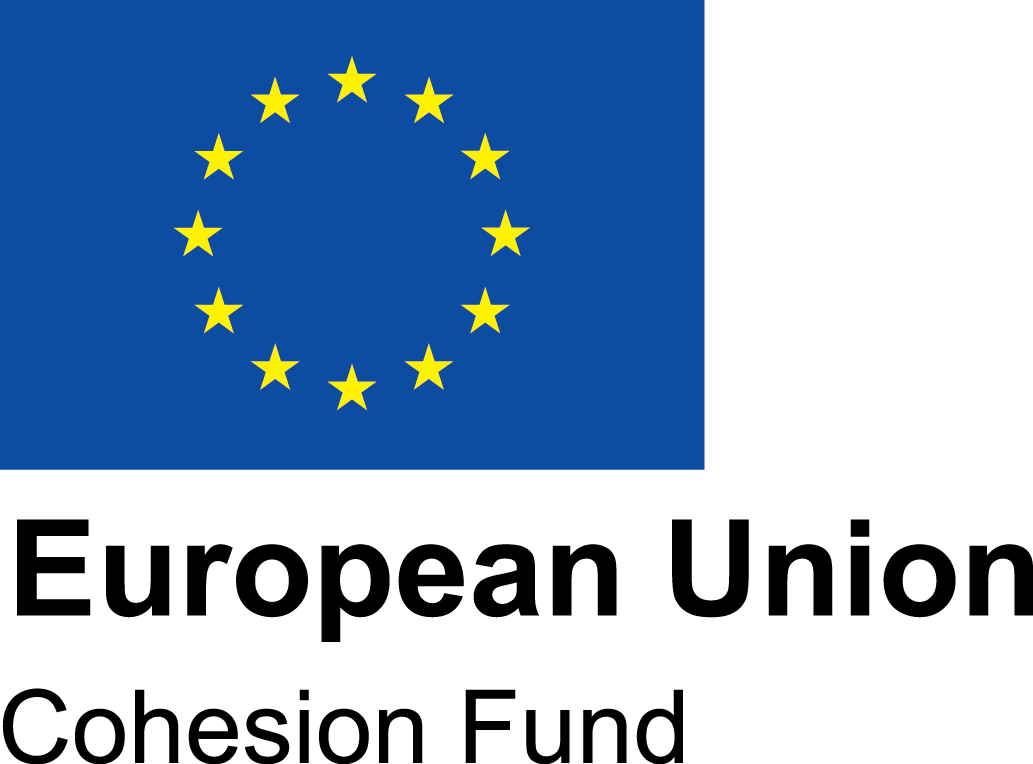 Cohesion Fund (CF | 2021-2027)The EU’s Cohesion Fund aims to reduce economic and social disparity between EU countries and promote sustainable development The Cohesion Fund is aimed at Member States whose Gross National Income (GNI) per inhabitant is less than 90 % of the EU average. It aims to reduce economic and social disparities and to promote sustainable development.
Cohesion Fund (CF | 2021-2027)The EU’s Cohesion Fund aims to reduce economic and social disparity between EU countries and promote sustainable development The Cohesion Fund is aimed at Member States whose Gross National Income (GNI) per inhabitant is less than 90 % of the EU average. It aims to reduce economic and social disparities and to promote sustainable development. -
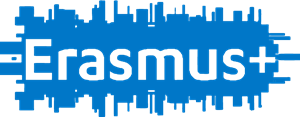 ERASMUS+ (ERA+ | 2014-2020)#
ERASMUS+ (ERA+ | 2014-2020)# -
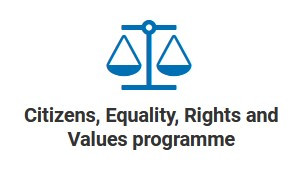 European Institute of Innovation & Technology (EIT | 2021-2027)xx
European Institute of Innovation & Technology (EIT | 2021-2027)xx -
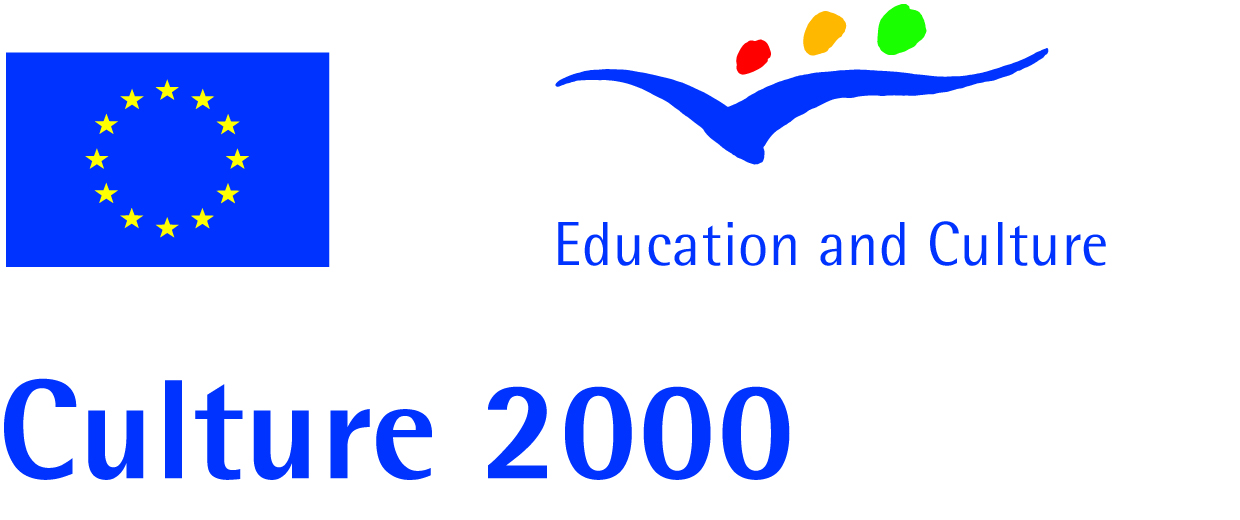 CULTURE 2000 (2000-2006)Launched in 2000, the Culture 2000 programme ran until 2006, with a budget of €236.4 million dedicated to promoting a common cultural area, characterised by its cultural diversity and shared cultural heritage.
CULTURE 2000 (2000-2006)Launched in 2000, the Culture 2000 programme ran until 2006, with a budget of €236.4 million dedicated to promoting a common cultural area, characterised by its cultural diversity and shared cultural heritage. -
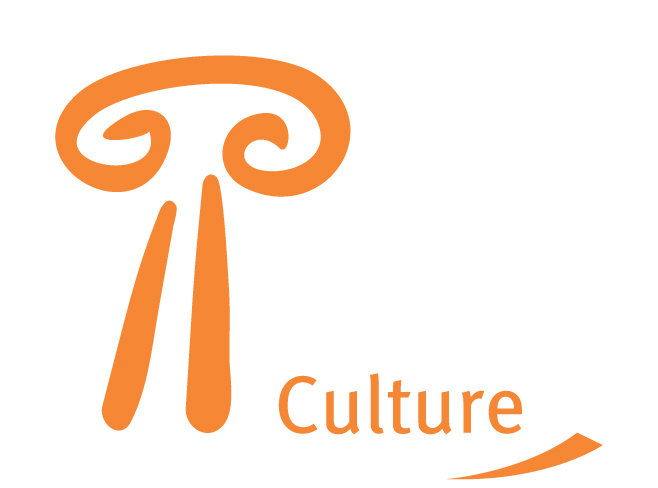 CULTURE 2007 (2007-2013)The Culture programme was an initiative that ran from 2007-2013 with a budget of €400 million to support projects and activities designed to protect and promote cultural diversity and heritage. The Culture programme was an initiative that ran from 2007-2013 with a budget of €400 million to support projects and activities designed to protect and promote cultural diversity and heritage. The programme supported multi-annual cooperation projects and measures, as well as a variety of actions and initiatives, as well as cultural organisations, and contributed to policy analysis and dissemination activities. The culture sector, as noted in the policy section, faces a variety of issues and challenges, some of which are best dealt with at an international level. To tackle some of the issues, the programme provided support to: + Promoting cross-border mobility + Encouraging transnational circulation + Fostering intercultural dialogue
CULTURE 2007 (2007-2013)The Culture programme was an initiative that ran from 2007-2013 with a budget of €400 million to support projects and activities designed to protect and promote cultural diversity and heritage. The Culture programme was an initiative that ran from 2007-2013 with a budget of €400 million to support projects and activities designed to protect and promote cultural diversity and heritage. The programme supported multi-annual cooperation projects and measures, as well as a variety of actions and initiatives, as well as cultural organisations, and contributed to policy analysis and dissemination activities. The culture sector, as noted in the policy section, faces a variety of issues and challenges, some of which are best dealt with at an international level. To tackle some of the issues, the programme provided support to: + Promoting cross-border mobility + Encouraging transnational circulation + Fostering intercultural dialogue -
 CREATIVE EUROPE I (CREA I | 2014-2020)In 2014, the European Union consolidated its support for the audiovisual and cultural sectors into a stand-alone funding programme – the Creative Europe programme. The purpose of the consolidation was to recognize both the similar challenges and opportunities across all creative sectors and that support at European level is fundamental for information exchange and cooperation. With a budget of €1.46billion over 7 years, the programme included 2 independent sub-programmes, CULTURE and MEDIA, and a Cross-Sectoral strand. + MEDIA provided support to the European audiovisual sector + CULTURE supported a wide range of cultural and creative sectors, including architecture, cultural heritage, design, literature, music, and performing arts. + The Cross-Sectoral strand financed the setting up of a Guarantee Facility for the cultural and creative sectors. It also funded the European Audiovisual Observatory and the network of Creative Europe Desks, along with support for transnational policy cooperation.
CREATIVE EUROPE I (CREA I | 2014-2020)In 2014, the European Union consolidated its support for the audiovisual and cultural sectors into a stand-alone funding programme – the Creative Europe programme. The purpose of the consolidation was to recognize both the similar challenges and opportunities across all creative sectors and that support at European level is fundamental for information exchange and cooperation. With a budget of €1.46billion over 7 years, the programme included 2 independent sub-programmes, CULTURE and MEDIA, and a Cross-Sectoral strand. + MEDIA provided support to the European audiovisual sector + CULTURE supported a wide range of cultural and creative sectors, including architecture, cultural heritage, design, literature, music, and performing arts. + The Cross-Sectoral strand financed the setting up of a Guarantee Facility for the cultural and creative sectors. It also funded the European Audiovisual Observatory and the network of Creative Europe Desks, along with support for transnational policy cooperation. -
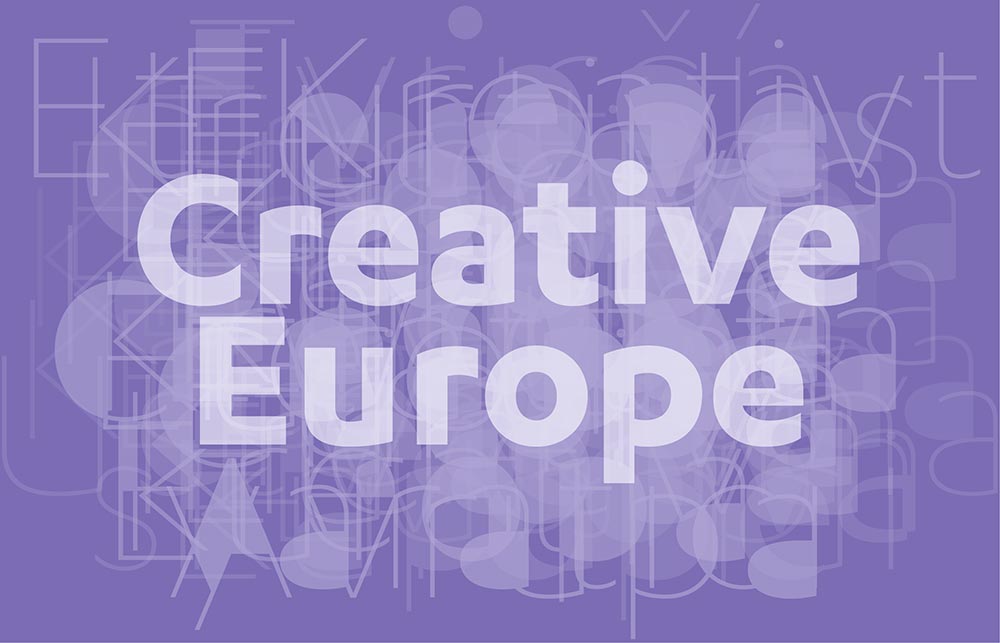 CREATIVE EUROPE II (CREA II | 2021-2027)
CREATIVE EUROPE II (CREA II | 2021-2027)Creative Europe brings together actions supporting the European cultural and creative sectors. The general objectives of the Programme are: + to safeguard, develop and promote European cultural and linguistic diversity and heritage; + to increase the competitiveness and the economic potential of the cultural and creative sectors, in particular the audiovisual sector.
Creative Europe is the European Commission´s framework programm for support to the culture and audiovisual sectors. Following on from the prevoius Culture Programme and MEDIA programme, Creative Europe will support Europe´s cultural and creative sectors. Help the cultural and creative sectors seize the opportunities of the digital age and globalisation. Enabale the sectors to reach their potential, contributing to sustainable growth, jobs and social cohesion.
Give Europe´s culture and media sectors acess to new international opportunities, markets and audiences. Creative Europe responds to this need and will target investment where the impact will be greatest. The new programme takes account of the challenges created by globalisation and digital technologies, which are changing the ways cultural works are made, distributed and accessed, as well as transforming business models and revenue streams. These developments also create opportunities for the cultural and creative sectors. The programme seeks to help them seize these opportunities, so that they benefit from the digital shift and create more jobs and international careers.
The Creative europe programme is open to cultural and creative organisations from EU Member States, as well as non-EU countries. Subject to certain conditions EEA (European Economic AREA), Candiate/potential candiadte and ENP (European Neighbourhood Policy) countries can also participate in the programme on an equal footing with members.
-
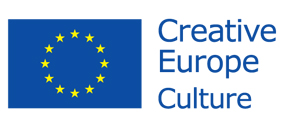 CREATIVE EUROPE I - CULTURE (CREA | 2014-2020)#
CREATIVE EUROPE I - CULTURE (CREA | 2014-2020)# -
CREATIVE EUROPE I - Cultural and Creative Sector Guarantee Facility (2014-2020)
CREATIVE EUROPE I - Cultural and Creative Sector Guarantee Facility (2014-2020)In the context of limited access to finance for the cultural and creative sectors, the Creative Europe programme (2014-2020) of the European Commission earmarked €121 million to a financial mechanism acting as insurance to financial intermediaries (e.g. banks) offering financing to cultural and creative sector initiatives. The programme is expected to create €600 million in loans and other financial products through a catalyst effect.
- and 49 more
-
5 Research Framework Program (1998-2002)
5 Research Framework Program (1998-2002)The Fifth Framework Programme (FP5) set out the priorities for the European Union's research, technological development and demonstration (RTD) activities for the period 1998-2002. These priorities were selected on the basis of a set of common criteria reflecting the major concerns of increasing industrial competitiveness and the quality of life for European citizens. The FP5 had two distinct parts: the European Community (EC) framework programme covering research, technological development and demonstration activities; and the Euratom framework programme covering research and training activities in the nuclear sector. FP5 differed considerably from its predecessors. It was conceived to help solve problems and to respond to the major socio-economic challenges facing Europe. To maximise its impact, it focused on a limited number of research areas combining technological, industrial, economic, social and cultural aspects. Management procedures were also streamlined with an emphasis on simplifying procedures and systematically involving key players in research. To maintain and enhance, in the context of a genuine 'European research area', the research potential of European laboratories, universities and companies and their ability to produce knowledge of the highest level and high-quality technologies; and to help ensure that European research serves the Union's economic and social objectives: increasing industrial competitiveness and the quality of life for European citizens. FP5 had a simplified, multi-theme structure, consisting of seven 'Specific Programmes': four Thematic Programmes and three Horizontal Programmes. The Thematic Programmes, covering a series of specific problems were: - Quality of life and management of living resources (LIFE QUALITY); - User-friendly information society (IST); - Competitive and sustainable growth (GROWTH); - Energy, environment and sustainable development EESD).
-
6. Research Framework Program (2002-2006)
6. Research Framework Program (2002-2006)#
-
7. Research Framework Program (2007-2013)
7. Research Framework Program (2007-2013)#
-
Single Market Programme (SMP | 2021-2027)
Single Market Programme (SMP | 2021-2027)
The Single Market Programme (SMP) was adopted on 28 April 2021. With EUR 4,208 million over the period 2021-2027, the SMP provides an integrated package to support and strengthen the governance and functioning of the Single Market.
The SMP includes a budget dedicated to actions in support of competition policy.
This Competition Programme will enable the Commission to directly support competition policy development and to ensure efficient, effective and relevant competition enforcement.
The SMP is a modern, simple and flexible programme, which consolidates a large range of activities that were previously financed separately, into one coherent programme. It will ensure continuity in the efficient delivery of the Single Market on the ground, while providing better value for money for EU citizens, and allow focus on priorities essential for the recovery.
Objectives The Single Market Programme will support:
- Making the internal market work better including through improved market surveillance, as well as through enhanced competition policy that contributes to a level playing field and empowers businesses;
- Improving the competitiveness of businesses, especially SMEs, to complement financial support offered through Invest EU; Ensuring the European standardisation and development of international financial and non-financial reporting and auditing standards;
- Ensuring a high level of consumer protection and product safety, promoting the interests of consumers, including in financial services;
- A high level of health for humans, animals and plants throughout the food chain; and Producing and communicating high-quality statistics on Europe.
Rationale behind SMP
- The Single Market evolves constantly: adopting rules + making rules work in practice
- Need for a strategic and integrated approach towards delivery of a well-functioning Single Market
- Combining separate actions and 6 programmes allows to:
- improve synergies, better coordinate actions
- achieve better value for money
- provide for greater visibility of the Single Market
-
Food Safety (2021-2027)
Food Safety (2021-2027)#
-
Cohesion Fund (CF | 2021-2027)
Cohesion Fund (CF | 2021-2027)The EU’s Cohesion Fund aims to reduce economic and social disparity between EU countries and promote sustainable development The Cohesion Fund is aimed at Member States whose Gross National Income (GNI) per inhabitant is less than 90 % of the EU average. It aims to reduce economic and social disparities and to promote sustainable development.
-
ERASMUS+ (ERA+ | 2014-2020)
ERASMUS+ (ERA+ | 2014-2020)#
-
European Institute of Innovation & Technology (EIT | 2021-2027)
European Institute of Innovation & Technology (EIT | 2021-2027)xx
-
CULTURE 2000 (2000-2006)
CULTURE 2000 (2000-2006)Launched in 2000, the Culture 2000 programme ran until 2006, with a budget of €236.4 million dedicated to promoting a common cultural area, characterised by its cultural diversity and shared cultural heritage.
-
CULTURE 2007 (2007-2013)
CULTURE 2007 (2007-2013)The Culture programme was an initiative that ran from 2007-2013 with a budget of €400 million to support projects and activities designed to protect and promote cultural diversity and heritage. The Culture programme was an initiative that ran from 2007-2013 with a budget of €400 million to support projects and activities designed to protect and promote cultural diversity and heritage. The programme supported multi-annual cooperation projects and measures, as well as a variety of actions and initiatives, as well as cultural organisations, and contributed to policy analysis and dissemination activities. The culture sector, as noted in the policy section, faces a variety of issues and challenges, some of which are best dealt with at an international level. To tackle some of the issues, the programme provided support to: + Promoting cross-border mobility + Encouraging transnational circulation + Fostering intercultural dialogue
-
CREATIVE EUROPE I (CREA I | 2014-2020)
CREATIVE EUROPE I (CREA I | 2014-2020)In 2014, the European Union consolidated its support for the audiovisual and cultural sectors into a stand-alone funding programme – the Creative Europe programme. The purpose of the consolidation was to recognize both the similar challenges and opportunities across all creative sectors and that support at European level is fundamental for information exchange and cooperation. With a budget of €1.46billion over 7 years, the programme included 2 independent sub-programmes, CULTURE and MEDIA, and a Cross-Sectoral strand. + MEDIA provided support to the European audiovisual sector + CULTURE supported a wide range of cultural and creative sectors, including architecture, cultural heritage, design, literature, music, and performing arts. + The Cross-Sectoral strand financed the setting up of a Guarantee Facility for the cultural and creative sectors. It also funded the European Audiovisual Observatory and the network of Creative Europe Desks, along with support for transnational policy cooperation.
-
CREATIVE EUROPE II (CREA II | 2021-2027)
CREATIVE EUROPE II (CREA II | 2021-2027)
Creative Europe brings together actions supporting the European cultural and creative sectors. The general objectives of the Programme are: + to safeguard, develop and promote European cultural and linguistic diversity and heritage; + to increase the competitiveness and the economic potential of the cultural and creative sectors, in particular the audiovisual sector.
Creative Europe is the European Commission´s framework programm for support to the culture and audiovisual sectors. Following on from the prevoius Culture Programme and MEDIA programme, Creative Europe will support Europe´s cultural and creative sectors. Help the cultural and creative sectors seize the opportunities of the digital age and globalisation. Enabale the sectors to reach their potential, contributing to sustainable growth, jobs and social cohesion.
Give Europe´s culture and media sectors acess to new international opportunities, markets and audiences. Creative Europe responds to this need and will target investment where the impact will be greatest. The new programme takes account of the challenges created by globalisation and digital technologies, which are changing the ways cultural works are made, distributed and accessed, as well as transforming business models and revenue streams. These developments also create opportunities for the cultural and creative sectors. The programme seeks to help them seize these opportunities, so that they benefit from the digital shift and create more jobs and international careers.
The Creative europe programme is open to cultural and creative organisations from EU Member States, as well as non-EU countries. Subject to certain conditions EEA (European Economic AREA), Candiate/potential candiadte and ENP (European Neighbourhood Policy) countries can also participate in the programme on an equal footing with members.
-
CREATIVE EUROPE I - CULTURE (CREA | 2014-2020)
CREATIVE EUROPE I - CULTURE (CREA | 2014-2020)#
-
CREATIVE EUROPE I - Cultural and Creative Sector Guarantee Facility (2014-2020)
CREATIVE EUROPE I - Cultural and Creative Sector Guarantee Facility (2014-2020)In the context of limited access to finance for the cultural and creative sectors, the Creative Europe programme (2014-2020) of the European Commission earmarked €121 million to a financial mechanism acting as insurance to financial intermediaries (e.g. banks) offering financing to cultural and creative sector initiatives. The programme is expected to create €600 million in loans and other financial products through a catalyst effect.
- and 49 more
-
 Cultural Knowledge"Cultural knowledge" means that you know about some cultural characteristics, history, values, beliefs, and behaviors of another ethnic or cultural group.
Cultural Knowledge"Cultural knowledge" means that you know about some cultural characteristics, history, values, beliefs, and behaviors of another ethnic or cultural group. -
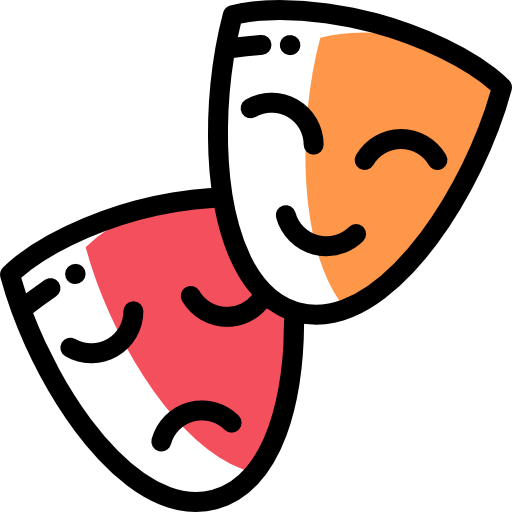 Cultural and Creative SectorsCultural and creative sectors are comprised of all sectors whose activities are based on cultural values, or other artistic individual or collective creative expressions and are defined in the legal basis of the Creative Europe Programme.
Cultural and Creative SectorsCultural and creative sectors are comprised of all sectors whose activities are based on cultural values, or other artistic individual or collective creative expressions and are defined in the legal basis of the Creative Europe Programme. -
 Cultural HeritageCultural heritage is the heritage of tangible and intangible heritage assets of a group or society that is inherited from past generations. Not all heritages of past generations are "heritage"; rather, heritage is a product of selection by society.
Cultural HeritageCultural heritage is the heritage of tangible and intangible heritage assets of a group or society that is inherited from past generations. Not all heritages of past generations are "heritage"; rather, heritage is a product of selection by society. -
 CitizenshipCitizenship is a relationship between an individual and a state to which the individual owes allegiance and in turn is entitled to its protection. Each state determines the conditions under which it will recognize persons as its citizens, and the conditions under which that status will be withdrawn.
CitizenshipCitizenship is a relationship between an individual and a state to which the individual owes allegiance and in turn is entitled to its protection. Each state determines the conditions under which it will recognize persons as its citizens, and the conditions under which that status will be withdrawn. -
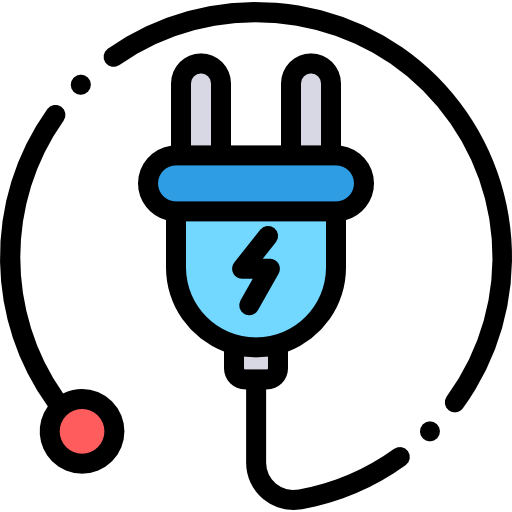 ENERGYEnergy is the capacity for doing work. It may exist in potential, kinetic, thermal, helectrical, chemical, nuclear, or other forms.
ENERGYEnergy is the capacity for doing work. It may exist in potential, kinetic, thermal, helectrical, chemical, nuclear, or other forms.

